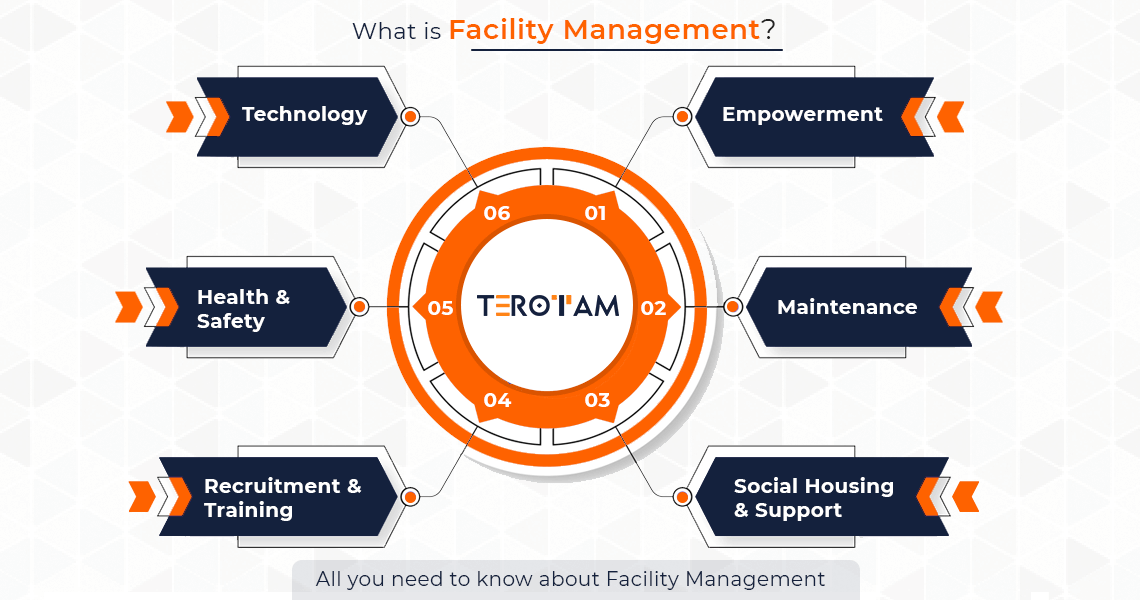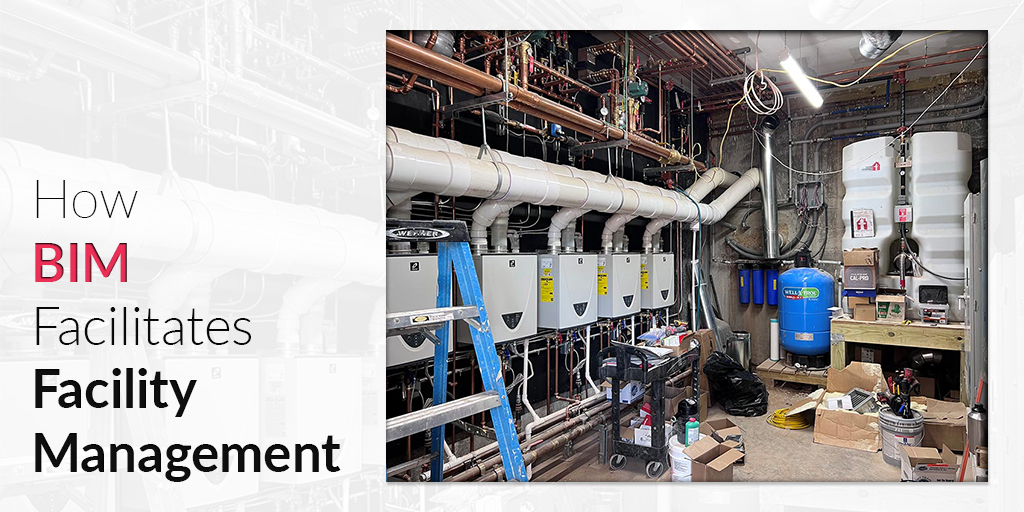The Necessary Overview to Facility Monitoring: Strategies for Success
Center management plays an important function in the overall success of an organization, serving as the foundation that supports safety, efficiency, and effectiveness. The nuances of efficient facility management extend beyond mere logistics and require a comprehensive understanding of both quantitative and qualitative metrics.
Understanding Center Monitoring
What comprises efficient facility management? Effective center administration includes the coordination of various business features to guarantee that built settings are secure, effective, and for performance. Facility Management. It incorporates the principles of engineering, design, and service monitoring to produce a smooth operational circulation within an organization
Key elements of center management consist of space preparation, upkeep administration, and conformity with health and wellness laws. Area preparation concentrates on maximizing using physical resources to support organizational objectives, while upkeep administration makes certain that centers are maintained in optimal condition, taking full advantage of life-span and lowering operational costs. Compliance with legal and regulative requirements is crucial, as it safeguards the organization versus potential liabilities and boosts its reputation.
Additionally, efficient center administration depends on the critical use technology, such as Structure Administration Equipment (BMS) and Computer-Aided Center Monitoring (CAFM) devices. These modern technologies assist in real-time tracking of building systems and improve maintenance processes. Ultimately, a detailed method to facility management not just promotes operational efficiency yet likewise fosters a favorable environment for staff members and visitors alike, driving overall organizational success.
Trick Methods for Optimization
Enhancing facility management calls for a tactical technique that lines up operational exercise with business goals. To attain this, the initial crucial method is the application of integrated technological services. Utilizing advanced software systems permits for real-time tracking of facility operations, facilitating data-driven decision-making and enhancing overall performance.
Secondly, regular analyses of facility efficiency are necessary. Carrying out routine assessments and audits enables center managers to identify locations that need renovation, guaranteeing that sources are designated effectively. This aggressive method helps in lessening downtime and enhancing solution delivery.
One more critical method is fostering collaboration across departments. By motivating open interaction in between teams, center supervisors can better align their strategies with company objectives, resulting in boosted operational harmony. Additionally, involving staff in training programs promotes a society of accountability and enhances their capacity to add to optimization efforts.
Enhancing Security Methods
Strengthening safety and security procedures is essential for creating a secure atmosphere within facilities. A thorough safety and security procedure not just safeguards site visitors and staff members yet additionally improves functional efficiency. To accomplish this, center managers must conduct normal threat assessments to guarantee and identify prospective threats that appropriate steps are in place.
Educating and education are essential parts of reliable security procedures - Facility Management. Staff members must obtain continuous training in emergency treatments, equipment handling, and personal protective measures. Regular drills, such as fire discharges or lockdown treatments, foster familiarity and preparedness among staff
Additionally, clear interaction channels have to be developed to report safety and security concerns promptly. This includes creating an obtainable system for staff members to articulate possible dangers or events without worry of . Moreover, leveraging innovation can enhance precaution; for instance, applying security systems and gain access to controls assists check facility activities and limit unauthorized entry.
Finally, compliance with local guidelines and market requirements is non-negotiable. Regular audits and reviews of safety procedures ensure alignment with existing laws and best techniques. By focusing on these techniques, center managers can grow a society of security that secures all stakeholders and ultimately adds to the company's success.
Improving Work Environment Atmosphere

Ergonomic considerations are vital to reduce physical strain and pain. Facility Management. This entails giving flexible furniture, proper illumination, and ample area for activity. These adjustments can result in minimized absenteeism and enhanced work contentment
Visual appeals play a crucial duty in forming the work environment environment. Making use of shade psychology, click reference all-natural lighting, and plant can cultivate a inviting and promoting setting. Thoughtfully made rooms can boost creativity and boost total well-being.
Furthermore, encouraging employee involvement through comprehensive decision-making processes can improve the feeling of ownership and belonging. Gathering responses on work environment renovations and including employees in the layout procedure can result in an extra tailored environment that meets their needs.
Lastly, advertising wellness efforts, such as wellness programs and relaxation spaces, can even more add to a helpful workplace culture. By concentrating on these my blog strategies, facility supervisors can successfully enhance the office setting, driving both staff member complete satisfaction and business success.
Measuring Success in Facilities
Gauging success in center management requires an extensive method that examines both quantitative and qualitative metrics. Quantitative metrics usually consist of essential performance indications (KPIs) such as area usage rates, energy intake, maintenance expenses, and tenancy degrees. These metrics supply a clear photo of operational efficiency and economic performance, allowing facility managers to determine areas for enhancement and criteria versus industry criteria.
Qualitative metrics, on the other hand, concentrate on customer fulfillment and employee engagement. Surveys and comments systems can assess exactly how well the centers meet the requirements of passengers, aiding to analyze the total office atmosphere. This facet is vital, as a pleased workforce is frequently connected to increased efficiency and retention rates.
To successfully measure success, facility supervisors need to also think about integrating modern technology, such as constructing administration systems and data analytics devices, to accumulate and examine pertinent data. Consistently examining both collections of metrics permits an extra balanced sight of efficiency and educates strategic choices. Eventually, an effective facility management method depends upon a commitment to continual renovation, guaranteeing that both functional effectiveness and user satisfaction are focused on.
Conclusion

Facility administration plays an important duty in the total success of a company, offering as the foundation that this hyperlink sustains efficiency, safety and security, and performance.Trick components of facility management consist of room preparation, upkeep monitoring, and conformity with health and security guidelines.In addition, efficient center monitoring depends on the critical usage of innovation, such as Building Monitoring Solution (BMS) and Computer-Aided Center Monitoring (CAFM) devices. Ultimately, a thorough strategy to center administration not just advertises functional performance yet likewise promotes a positive atmosphere for visitors and staff members alike, driving overall organizational success.
Eventually, an effective center administration strategy pivots on a commitment to continuous renovation, ensuring that both functional effectiveness and customer satisfaction are prioritized.